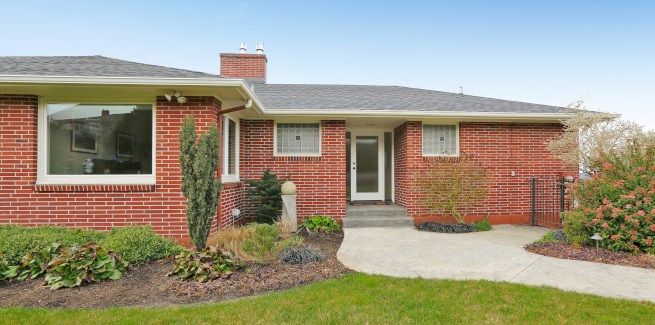The latest financial and wealth data from the Australian Bureau of Statistics (ABS) revealed that household wealth rose by 0.2 of a percentage point to $10.24 trillion in the March 2019 quarter, rebounding from the 2.1 per cent drop recorded in the previous quarter.
Household net saving increased significantly, by $6.8 billion to $9.5 billion in the March quarter, which the bureau said was driven by a decline in final consumption expenditure ($17.7 billion), partly offset by a contraction in gross disposable income ($10.6 billion) and increase in consumption of fixed capital ($0.3 billion).
Household gross disposable income, adjusted for other changes in real net wealth, increased by $263.5 billion in the March quarter from $18.9 billion to $282.5 billion, while household net saving, adjusted for other changes in real net wealth, increased to -$10.4 billion, compared to -$291.3 billion in the previous quarter.
“The $280.9 billion increase in household net saving plus other changes in net wealth reflects the real holding gains on financial assets. However, the household sector remains in a dis-saving position for third consecutive quarter due to the continued real holding losses on residential land and dwellings,” the ABS said.
ABS data showed continued residential land and property losses for five consecutive quarters. The 1.5 per cent loss in land and dwelling assets offset the 1.8 per cent gain in household financial assets in the March quarter, while financial liabilities accounted for the 0.2 of a percentage point contraction in total household wealth.
According to the bureau, wealth per capita has decreased for the third quarter in a row, shrinking by $1,511.90 to $404,555.40 in the March quarter, compared to the record $9,992.70 contraction in the December 2018 quarter.
The house price slump also pushed the ratio of Australians’ mortgage debt to land and dwelling assets from 28.1 per cent to 29.0 per cent, the largest quarterly increase since the September 2011 quarter. The ABS said the surge reflects the fall in dwelling values (2.6 per cent) plus the increase in mortgage debt (0.6 per cent).
“Despite the large increase in the ratio, it is predominantly driven by the continued fall in the value of residential land and dwellings, as growth in mortgage debt has reduced to its slowest pace since September quarter 2013,” the ABS said.
The total household debt to assets ratio increased from 19.3 per cent to 19.4 per cent, as debt (0.7 of a percentage point) outgrew assets (0.3 of a percentage point) in the March quarter.
[Related: ‘Triple tailwinds’ could double mortgage growth]
 ;
;
